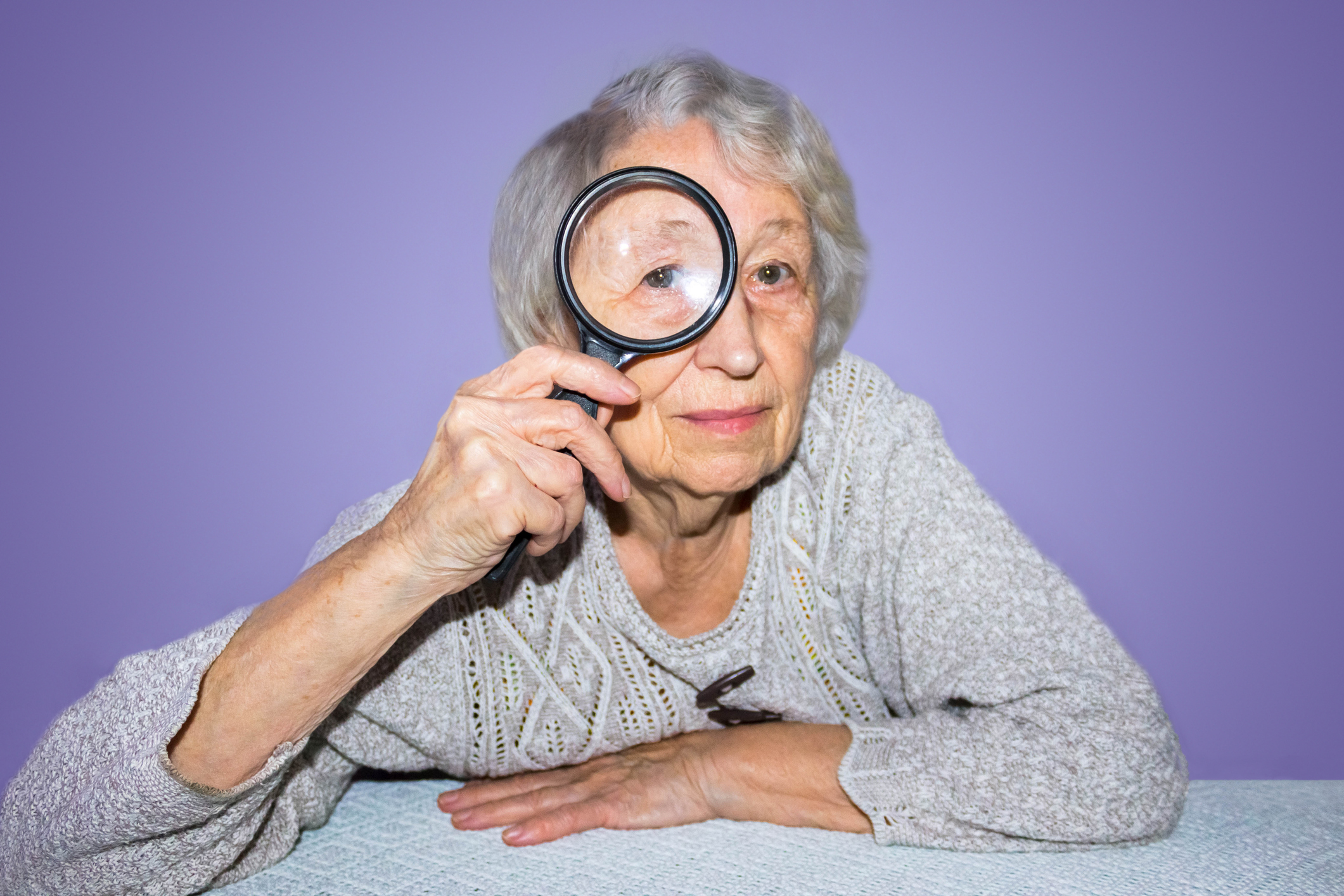As many
But despite these successes, ageism still exists not only in Hollywood and the media but also for ordinary older adults in the workplace and dozens of daily interactions. Creating an environment that forces older adults to constantly try to stay young looking is perpetuated by the media that unrealistically portrays older adults as youthful in all but their hair color. Researchers from Romania and the Netherlands have focused their attention on how “visual ageism” in the media may be harmful for older people.
Loredana Ivan and Eugéne Loss coined the term “visual ageism” as a result of their exploration of media content as it reflects our society and influences the daily lives of people. Noticing that older adults are not realistically portrayed in the media and most often are marginalized in minor roles, seniors are subtly given a message that they must work to have a younger looking appearance to stay relevant.
Of course, at some point, no matter how well older people care for their health, their face and their body, age will catch up with them. The media also excludes older adults who are single, non-white, with health problems or economic struggles. Elderly people in commercials always seem to be in a loving relationship, exploring the world looking exceptionally fit, happy and youthful. At the other end of the spectrum, older adults can also be portrayed as frail and sick or in the role of doting grandparents cooking and caring for a younger generation.
As we become more aware of visual ageism, it’s more likely that older adults will be represented in the media with more inclusivity and diversity, with images that better reflect the many faces of older age in our society. Learn more about Visual Ageism in the Media by following this link to Contemporary Perspective on Ageism.






Add Your Voice
0 Comments
Join the Discussion